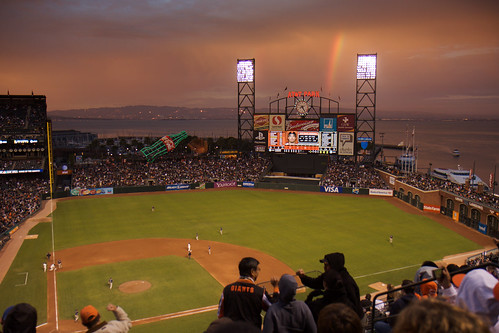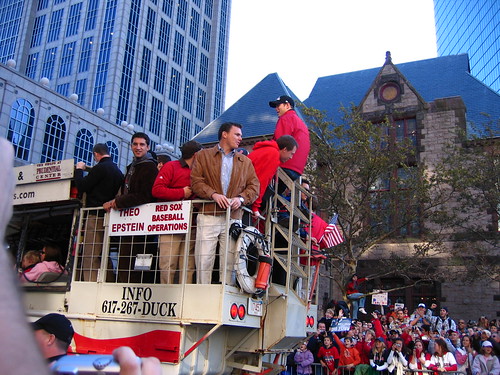
They have been the two most moribund franchises in the last century, setting the standard for futility. He was the hometown wunderkind, hired to bring his beloved Red Sox to the promised land. Theo Epstein has now resigned as the General Manager of the Boston Red Sox and has signed a five year, $15 million deal to run the Chicago Cubs. Herts expert analyst, Bruce Dullea, considers what it all means…
After assuming the GM role in Boston in 2002 at the age of 29, Epstein delivered on his goal twice, bringing World Championships to Fenway Park both in 2004 and 2007, exorcising the curse of the Bambino, which had hung over the franchise since 1918.
But in Boston, everything seems to have come full circle. The Red Sox are now a team in disarray, strongly resembling the dysfunctional, over-indulged franchise that personified the Tom Yawkey era. They held a 9-game lead in the wild card race on September 2nd, and then had an historic collapse, getting eliminated on the final day of the season.
Scapegoat
There were subsequent reports that Manager Terry Francona, who had run a loose ship, lost all control of the team. When you treat players like adults often times they show their gratitude by becoming adolescents. Allegations surfaced that pitchers were drinking alcohol in the clubhouse during games. Other players refused to do their workouts.
Players complained about the schedule that would accommodate their appearances on national television. The team had turned into a cross between Animal House and the Bad News Bears. It came as no surprise that Francona became the scapegoat, and he announced his resignation on the 30th of September.
There were also unsubstantiated rumours that Epstein was looking to move as well. With one year left on his contract, what else could he accomplish in his hometown? He was lauded as a brilliant GM, combining a strong player development program with sabermetrics. Even though he landed some free agents who immediately brought dividends, including David Ortiz and Adrian Gonzalez, many other moves backfired, including the acquisitions of John Lackey, Mike Cameron and Carl Crawford.
Criticism and pressure
He did inherit a club that won 92 games and had Johnny Damon, Manny Ramirez and Pedro Martinez, so a major rebuilding job wasn’t necessary. But his player development program has helped establish bona fide young stars such as Dustin Pedroia, Jacoby Ellsbury, and Jon Lester. Nonetheless, the criticism and pressure in his hometown is non-stop, with virtually every move being second guessed and scrutinized.
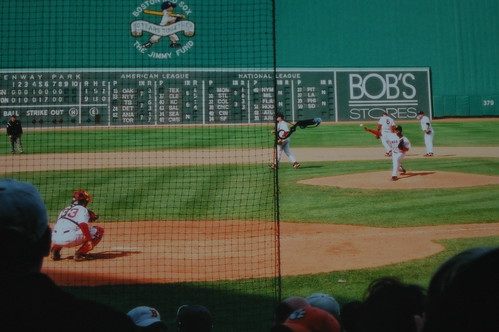
Epstein is very competitive, but maybe felt he had done everything he could in Boston and needed an even bigger challenge in Chicago. The only thing that may have prevented his departure was leaving after the collapse, but the club still has plenty of talent and a stable operations staff it looks likely that his assistant Ben Cherington will be promoted to take his place.
Owner John Henry and club president Larry Lucchino did not stand in the way and allowed negotiations to progress for the eventual move. All that remains is an agreement on compensation and what front office staff will be allowed to move to Chicago with Epstein.
‘Lovable losers’
Although the expectations have always been lower for the fans in Chicago, Epstein will face considerable challenges. The club finished 20 games under .500 and in fifth place each of the last two seasons. $50 of their $121 payroll is tied up in three players — Alfonso Soriano, Carlos Zambrano, and Ryan Dempster — with minimal value. There needs to be a major overhaul of the team’s farm system.
The club has not won a World Series in 103 years and a pennant since 1945. Wrigley Field is in need of an upgrade. With the recent release of the ESPN documentary “Catching Hell”, it brought back vivid memories of the Steve Bartman debacle in 2003, which was the last time the Cubs were close to getting to the World Series.
Although Chicago is a two baseball town, and most Cubs fans are used to their “Lovable Losers” coming up short, owner Tom Ricketts has hired Epstein to duplicate what he did in Boston, and has given him total authority. What needs to be finalized is how many members of the Red Sox staff he will be able to bring with him to Chicago. Epstein was assured he will be on equal footing with President Crane Kenney, who was known to micromanage previous GM Jim Hendry.
If Epstein can bring a World Championship to Chicago, it will be an amazing accomplishment and he will go down as one of the greatest baseball executives of all time. The young genius has faced his share of criticism from Boston, but he does have two World Series rings. He is now the highest paid front office executive in the history of the sport. His challenges in Chicago will be extreme. He has exorcised the Curse of the Bambino. If he can do the same with the curse of the Billy Goat, it will be simply remarkable.

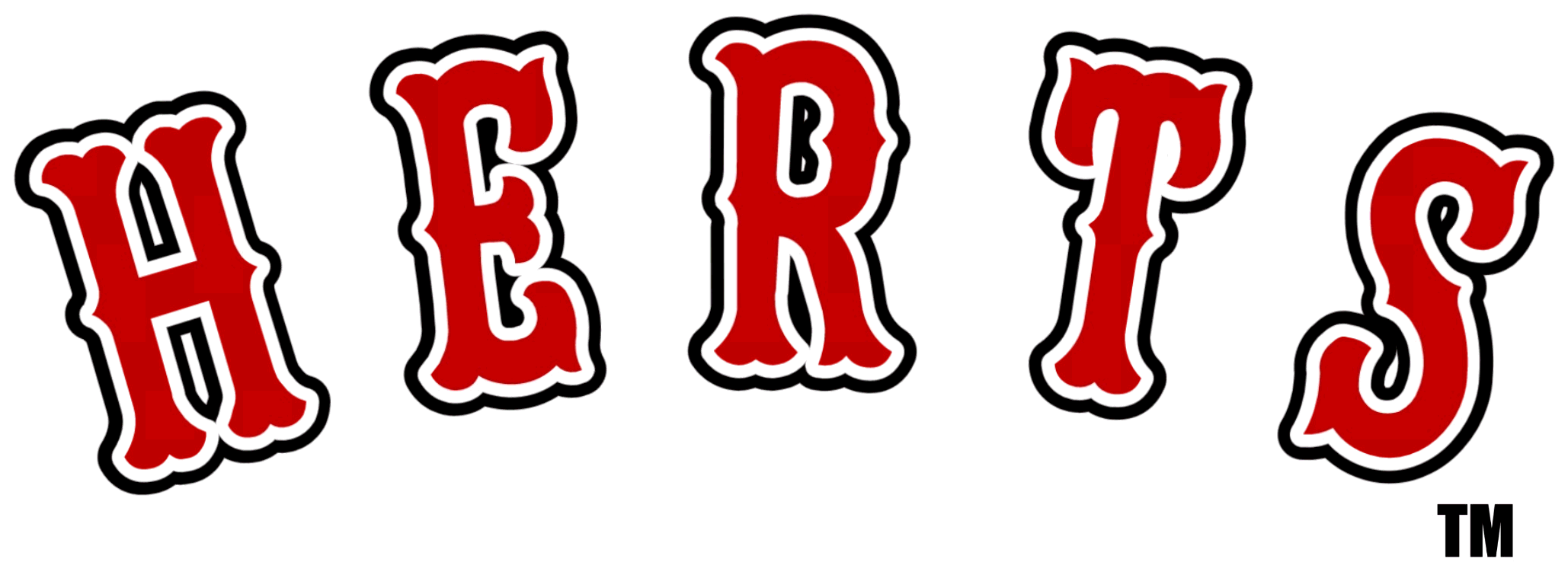
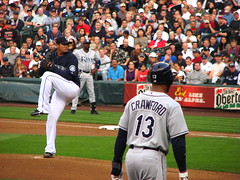 A year after the Yankees signed CC Sabathia and Mark Texeira to multi-year contracts exceeding $340 million, the Red Sox probably felt compelled to follow suit.
A year after the Yankees signed CC Sabathia and Mark Texeira to multi-year contracts exceeding $340 million, the Red Sox probably felt compelled to follow suit.